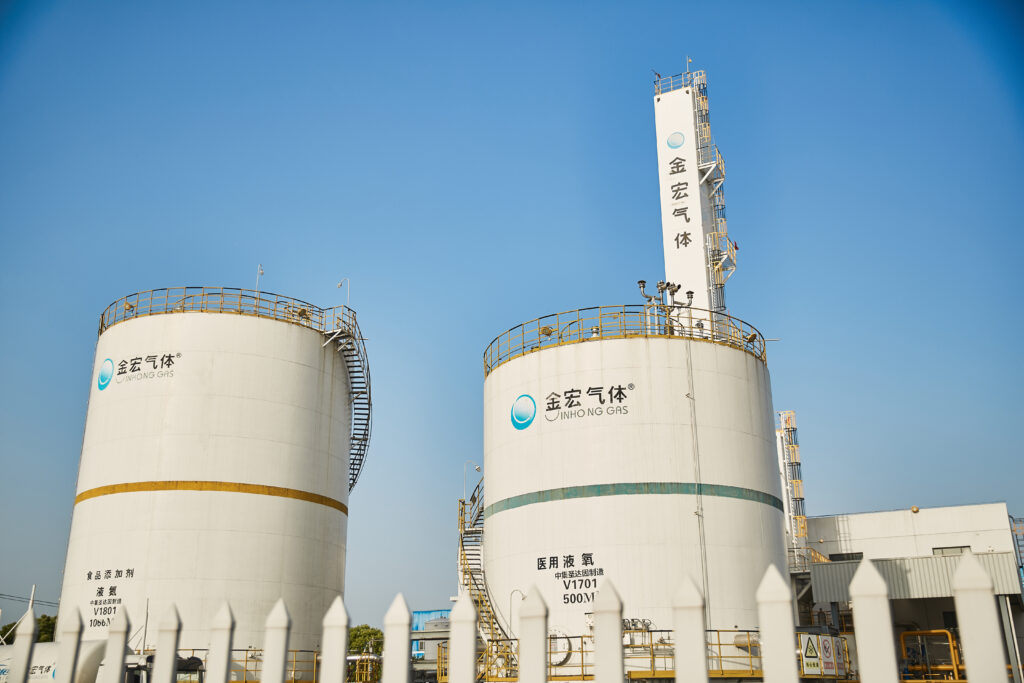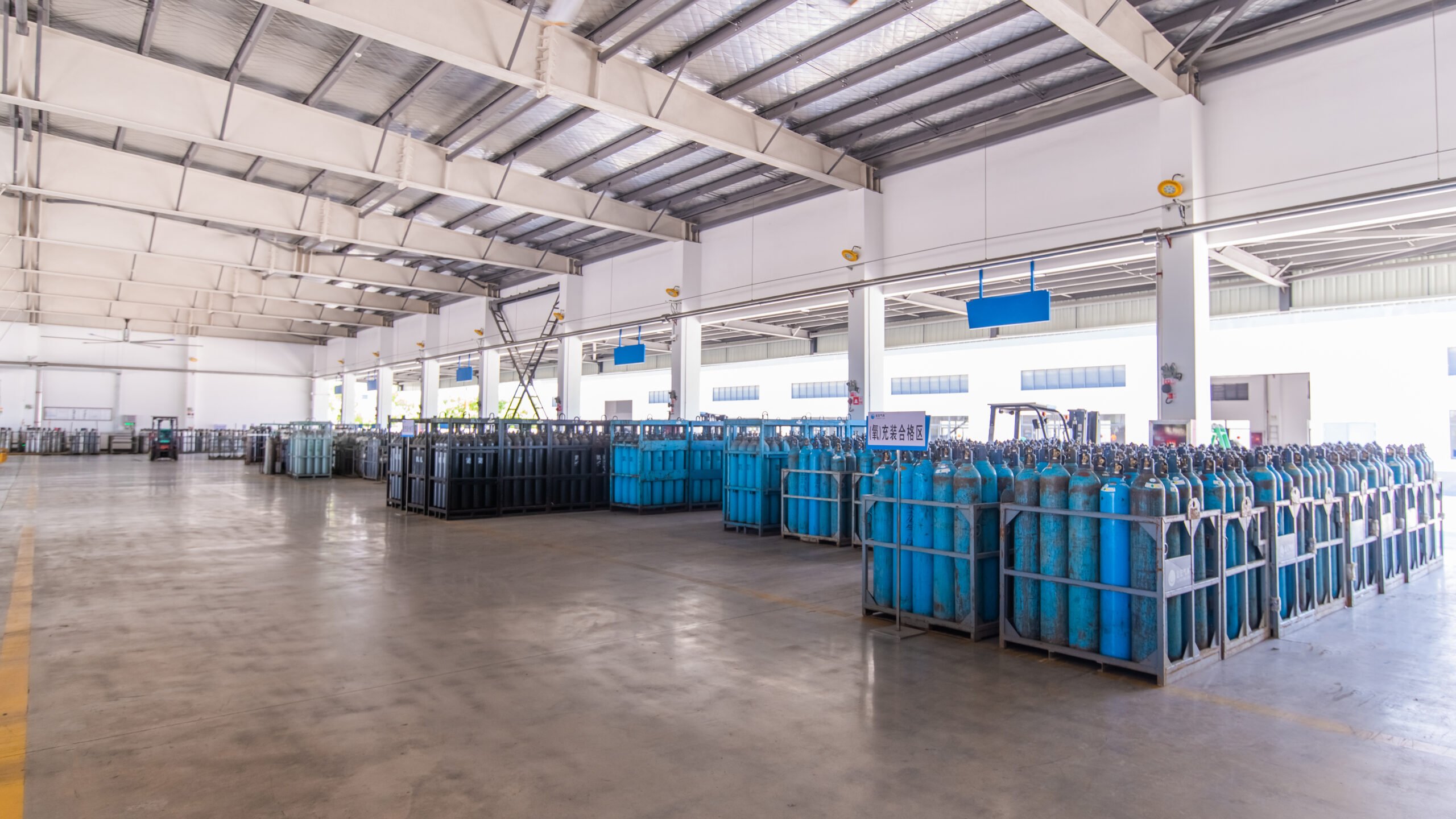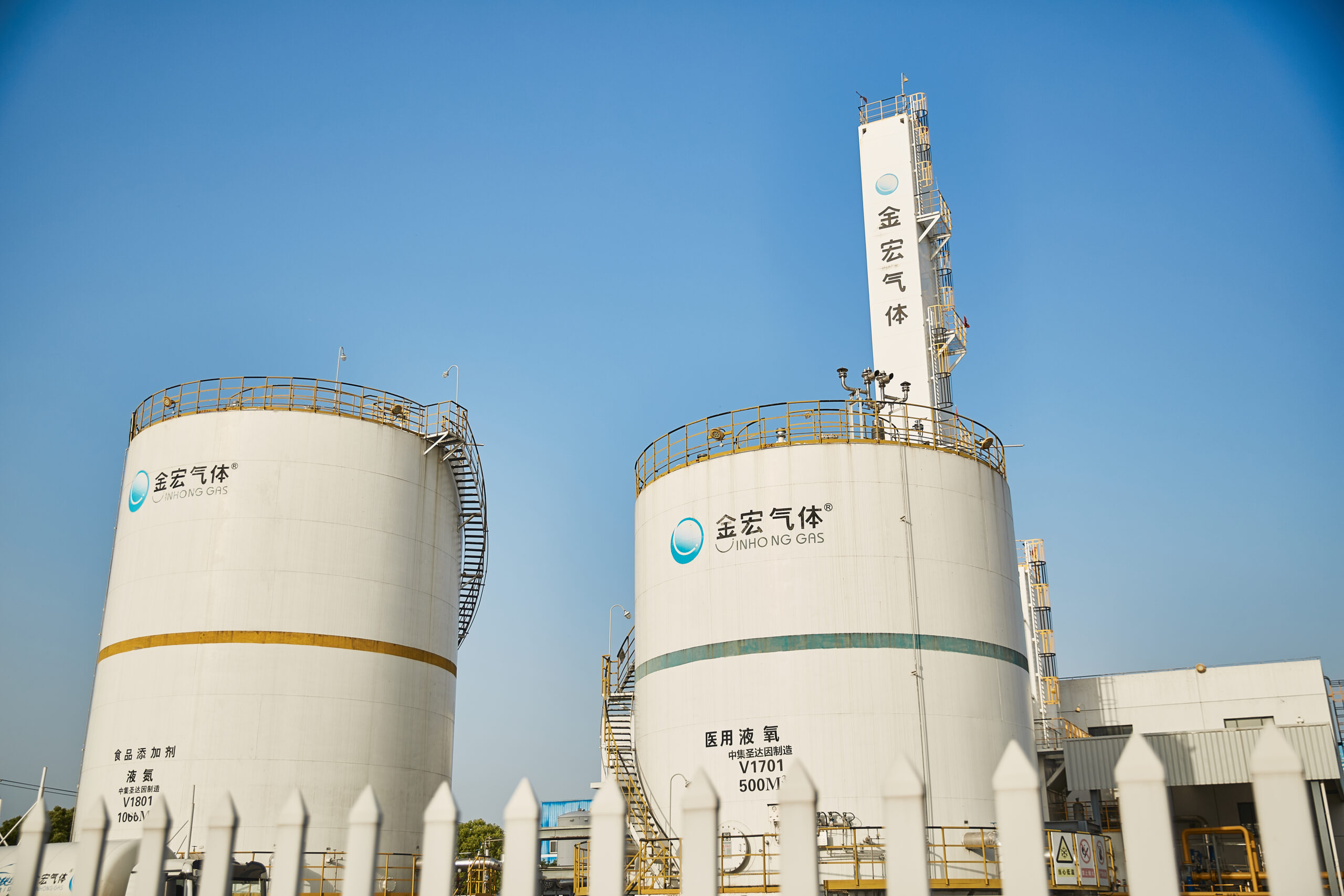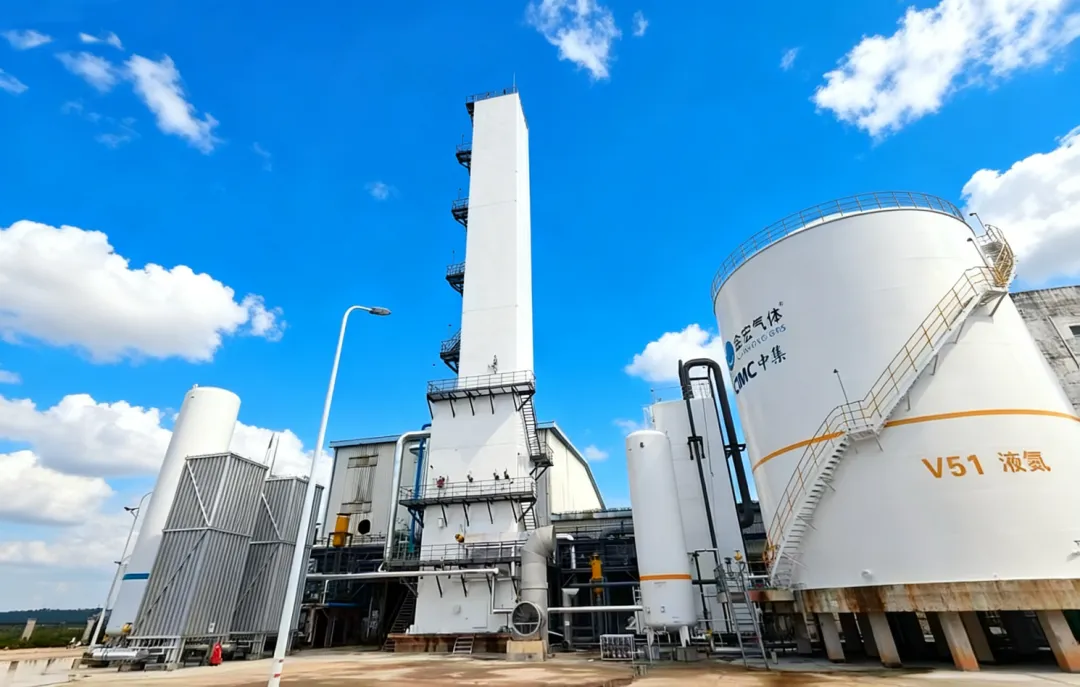Hydrofluoric acid (HF) is a critical industrial chemical widely used in semiconductor fabrication, metal treatment, petroleum refining, fluorochemical production, and glass etching. Due to its extreme toxicity and corrosiveness, as well as the significant risks it poses to human health and the environment, procurement must be handled with strict attention to safety, regulatory compliance, and product purity. This guide helps procurement professionals, industrial users, and chemical buyers manage the complexities of sourcing hydrofluoric acid safely and responsibly.
Hydrofluoric Acid Grades and Applications Comparison Table
| Grade | Typical Concentration | Key Applications | Purity Requirements | Procurement Notes |
|---|---|---|---|---|
| Industrial Grade | 40–70% | Stainless steel pickling, glass etching, catalyst recycling | Moderate (may contain trace impurities) | Suitable for large-scale use; verify impurity thresholds and packaging compatibility. |
| Laboratory/Analytical Grade | 48–51% | Research, chemical analysis, QC labs | High purity, low metals and organics | Requires certified CoA; ensure traceability for repeatable results. |
| Electronic/Semiconductor Grade | 49–55% | Silicon wafer etching, chip cleaning | Ultra-high purity (<1 ppb metals, low TOC, particles) | Strict purity control; essential to source from certified, semiconductor-grade suppliers. |
| ACS Reagent Grade | ~48% | Precision laboratory reactions, synthesis | Meets ACS specifications | Use when regulatory-grade purity is mandatory for consistency and safety. |
Understanding Hydrofluoric Acid for Procurement
Before purchasing, clearly define the specifications required for your intended application:
Industrial Applications
Used in stainless steel pickling, catalyst regeneration, glass etching, and petroleum alkylation. Typically requires industrial-grade HF with concentrations ranging from 40–70%.
Research & Laboratory Use
Requires high-purity HF, such as ACS reagent-grade, to ensure accuracy and avoid contamination in sensitive experiments.
Semiconductor Manufacturing
Demands ultra-high-purity electronic-grade HF with trace metal impurities below 1 ppb for wafer cleaning and etching processes.
Common Grades of HF
- Industrial Grade (40–70%): Suitable for large-scale chemical processing. May contain allowable levels of non-critical impurities.
- Laboratory/Analytical Grade: Offers low impurity levels, ideal for R&D, specialty synthesis, and quality control.
- Electronic/Semiconductor Grade: Meets stringent standards for sub-ppb metals, total organic carbon (TOC), and particle levels.

How to Source Hydrofluoric Acid Safely and Effectively
1. Define Technical Requirements
Specify the required concentration, purity, allowable impurities, and packaging. Ensure compatibility with materials like HDPE or PTFE and validate suitability for downstream processes.
2. Request a Certificate of Analysis (CoA)
Always demand a batch-specific CoA that details HF concentration, water content, trace metals (e.g., Fe, Na, K), fluorosilicates, sulfates, and other analytes. Compare with historical data for consistency.
3. Verify Packaging and Logistics
Choose suitable containers such as HDPE drums, IBCs, or ISO tanks. Packaging must comply with UN standards and be chemically resistant and leakproof. Ensure your supplier has expertise in hazardous goods logistics (ADR, IMDG, IATA/DOT certified).
4. Integrate Safety and EHS Protocols
Work closely with your Environmental, Health & Safety (EHS) teams. Ensure appropriate storage infrastructure (ventilated, corrosion-resistant rooms), HF-specific PPE (neoprene or butyl rubber), spill kits, calcium gluconate gel, and emergency showers/eyewash stations. Plan secure waste disposal in advance.
Regulatory Requirements for HF Procurement
Hydrofluoric acid is classified as highly hazardous and is strictly regulated:
- Licensing & Permits: Most countries require permits for purchasing, transporting, and using HF. Regulatory oversight may come from local, national (e.g., EPA, DOT, MEE), or international (e.g., Chemical Weapons Convention) bodies.
- Transport Classification: UN1790, Hazard Class 8 (Corrosive), with Subsidiary Risk 6.1 (Toxic). Compliance with ADR (road), IMDG (sea), IATA (air), and CFR49 (rail) regulations is mandatory.
- Post-Delivery Compliance: Maintain up-to-date SDS documentation, conduct safety training, implement medical surveillance for workers, and ensure periodic audits of storage systems.
Evaluating Global and Regional HF Suppliers
When choosing a supplier, prioritize:
- Safety records and compliance certifications
- Ability to provide detailed CoAs and SDS
- Reliable delivery and hazardous chemical transport capability
- Technical and emergency response support
Leading International Suppliers
- Honeywell (USA) – Offers high-purity industrial and semiconductor-grade HF with well-documented safety protocols
- Merck KGaA / Sigma-Aldrich (Germany) – Supplies research and electronic-grade HF with extensive documentation and quality assurance
Key Asia-Pacific Suppliers
- Jinhong Gas (China) – One of China’s top producers of hydrofluoric acid, offering a wide range of HF grades, including ultra-high purity electronics-grade. Certified under ISO standards and known for safe, reliable delivery.
- Do-Fluoride Chemicals (China) – A specialized fluorine chemical manufacturer focused on high-purity and industrial-grade applications
Supplier Evaluation Checklist
- ISO certifications (9001, 14001, 45001)
- REACH registration (for European markets)
- Updated SDS and CoAs
- Transparent safety and incident records
- Hazardous chemical transport proficiency
- Technical support availability
- Traceable batch control systems
Price Factors and Cost Optimization
Cost Drivers
- Raw materials (fluorspar, sulfuric acid)
- Purity grade (electronic-grade is significantly costlier than industrial-grade)
- Packaging and transport complexity
- Import duties and regulatory compliance fees
- Hazardous goods insurance and safe disposal costs
Cost Optimization Strategies
- Secure long-term contracts to stabilize pricing
- Source from regional suppliers to reduce freight risks
- Consolidate purchases for volume discounts
- Improve storage efficiency to minimize waste
- Never compromise on safety or compliance for short-term savings
Risk Mitigation and Supplier Audit
Conduct detailed supplier audits with a focus on:
- Verified facility inspections and licensing
- Pre-shipment access to batch CoAs and SDS
- Incident response procedures during transport
- Availability of training for safe handling
- Business continuity and supply chain contingency planning
- Robust internal QC systems
- Cybersecurity for procurement and logistics data
FAQs for Procurement Teams
Can hydrofluoric acid be imported without a license?
No. Virtually all jurisdictions require permits for importation, storage, and use. Early engagement with local authorities is essential.
How should HF be stored on-site?
In corrosion-resistant, clearly labeled, ventilated storage areas with secondary containment. Avoid glass or metal containers.
What documents are required for customs clearance?
Commercial invoice, packing list, bill of lading/air waybill, SDS, import license, certificate of origin, and hazardous goods declaration.
What is HF’s typical shelf life?
Usually 12–24 months under proper storage (cool, dark, sealed). Refer to the CoA for specific expiration and stability information.
Is supplier-provided training important?
Absolutely. Supplier expertise helps ensure safe handling, awareness of incompatibilities, and appropriate emergency measures.
Why Choose Jinhong Gas as Your HF Supplier?
At Jinhong Gas, we specialize in the production and global distribution of high-quality industrial gases, including hydrofluoric acid. With decades of experience, ISO-certified manufacturing, and a proven track record of serving customers across the chemical, electronics, and energy sectors, we offer:
- Full spectrum of HF grades from industrial to ultra-high-purity electronics-grade
- Batch-specific CoA, SDS, and REACH-compliant documentation
- Customized packaging options (HDPE drums, IBCs, ISO tanks)
- Strong logistics capabilities for safe and timely delivery
- Technical consultation and emergency response support
- Commitment to long-term partnerships based on safety, compliance, and transparency
Whether you’re sourcing for semiconductor manufacturing or industrial-scale metal treatment, Jinhong Gas ensures consistent quality and safe handling—making us a trusted partner for global procurement teams.
Conclusion
Sourcing hydrofluoric acid requires a thorough understanding of technical needs, regulatory obligations, and risk management protocols. By partnering with reliable and compliant suppliers like Honeywell, Merck KGaA, and Jinhong Gas—and by maintaining a strong focus on safety and quality—you can ensure secure and efficient HF procurement across diverse industrial applications. A strategic, informed approach not only reduces operational risks but also strengthens supply chain resilience.



